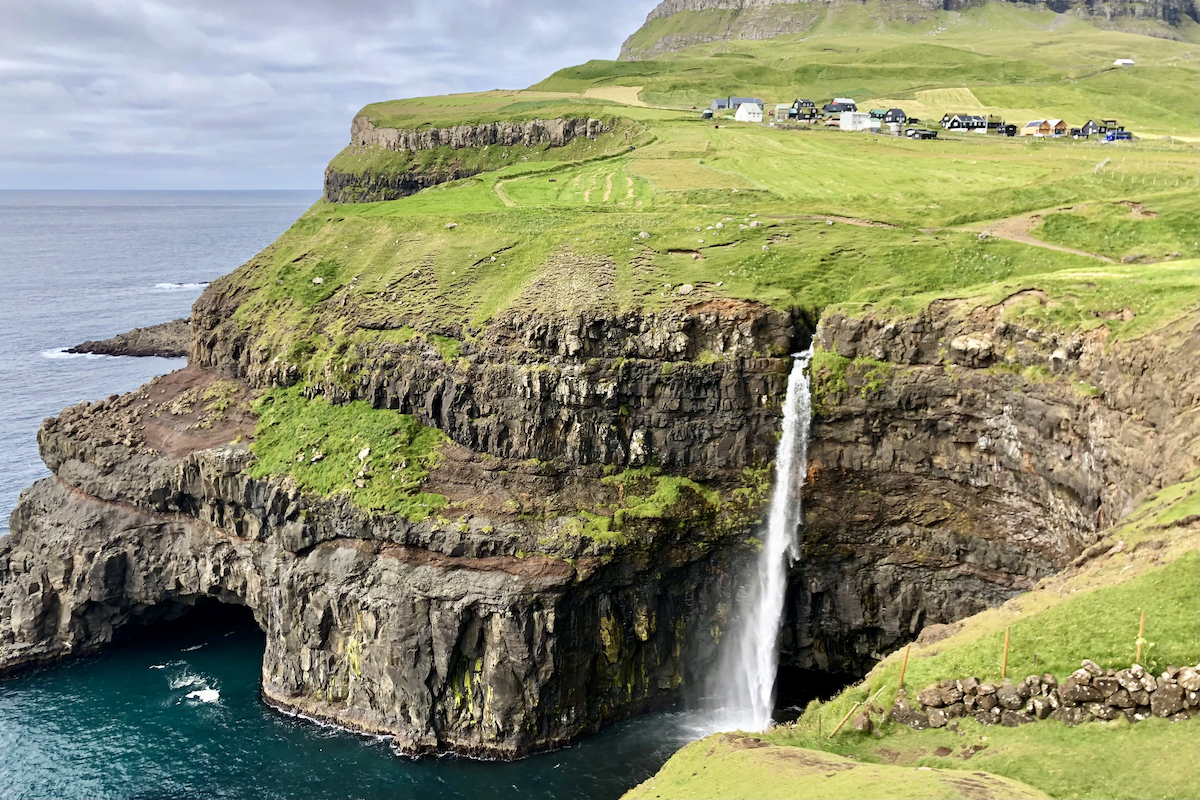Category: Faroe Islands
-

See the World, Free Your Mind
Traveling to the other side of the city or the world can be a transformational experience.
-

Faroe Islands: Ancient Land of the Vikings
Time stands still in the unreal archipelago of the North Atlantic.